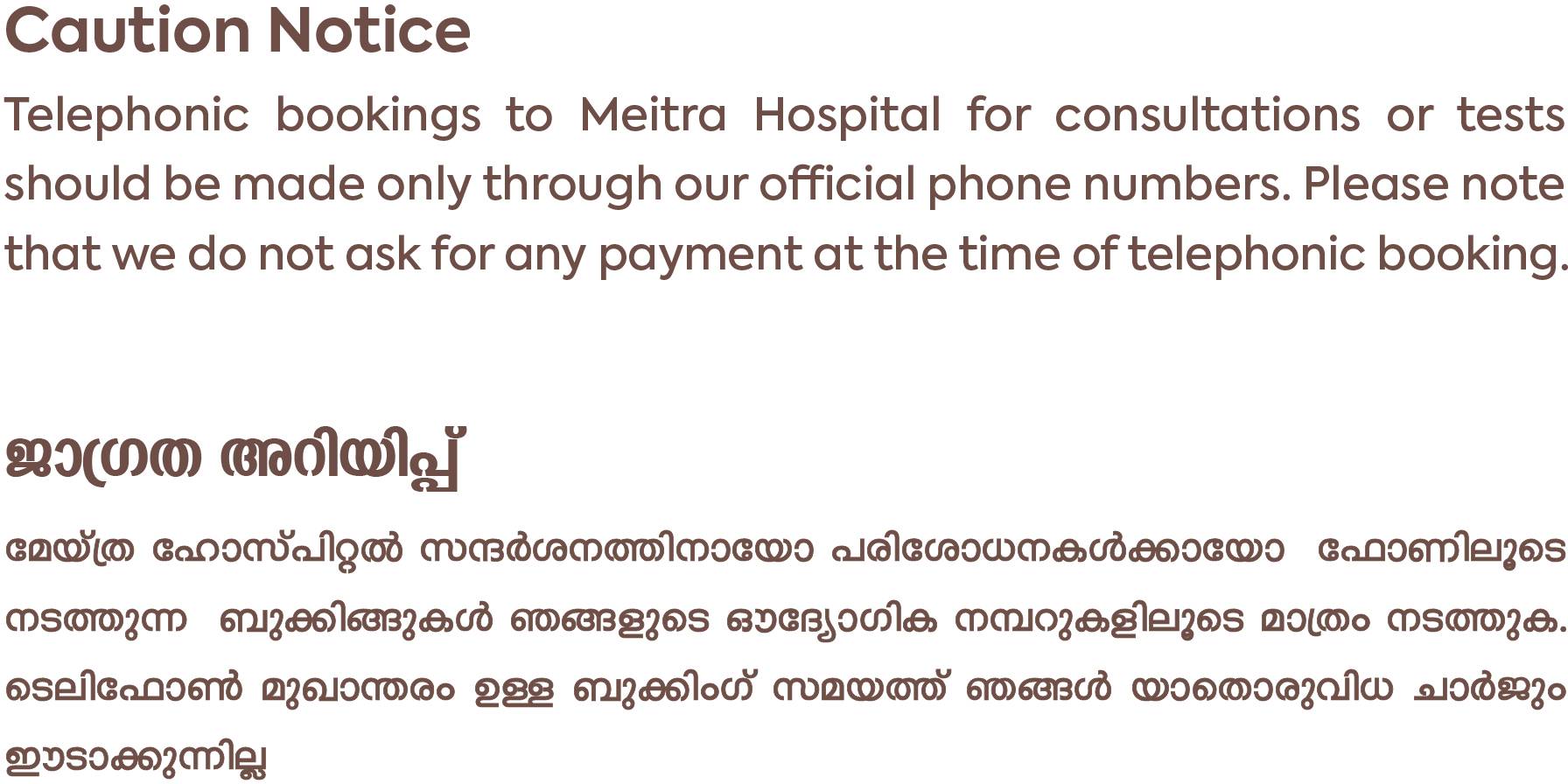- Our Doctors
- Our Specialities
Centres of Excellence
-
 Centre for Blood Diseases, BMT & Cancer Immunotherapy
Centre for Blood Diseases, BMT & Cancer Immunotherapy -
 Centre for Bone, Joint & Spine
Centre for Bone, Joint & Spine -
 Centre for Critical Care Medicine and ECMO Services
Centre for Critical Care Medicine and ECMO Services -
 Centre for Gastrosciences
Centre for Gastrosciences -
 Centre for Heart & Vascular Care
Centre for Heart & Vascular Care -
 Centre for Nephro-Urosciences
Centre for Nephro-Urosciences -
 Centre for Neurosciences
Centre for Neurosciences -
 Centre for Obstetrics and Gynaecology
Centre for Obstetrics and Gynaecology -
 Centre for Organ Transplantation
Centre for Organ Transplantation
Super Speciality
-
 Advanced Diagnostic and Interventional Radiology
Advanced Diagnostic and Interventional Radiology -
 Anesthesiology & Pain Management
Anesthesiology & Pain Management -
 Clinical Nutrition and Dietetics
Clinical Nutrition and Dietetics -
 Dental and Maxillofacial Surgery
Dental and Maxillofacial Surgery -
 Dermatology
Dermatology -
 Emergency and Trauma
Emergency and Trauma -
 Endocrinology and Metabolic Disease
Endocrinology and Metabolic Disease -
 ENT and Head & Neck Surgery
ENT and Head & Neck Surgery -
 Family Medicine
Family Medicine -
 General and Laparoscopic Surgery
General and Laparoscopic Surgery -
 General Medicine
General Medicine -
 GI Onco Surgery
GI Onco Surgery -
 GI Oncology
GI Oncology -
 GI Surgery, Advanced Laparoscopy and Gastro Oncosurgery
GI Surgery, Advanced Laparoscopy and Gastro Oncosurgery
-
- Key Procedures
- Our Hospitals
- International Patient
- Contact us
-
Quick Links
Blogs

How to Perform a Self-breast Exam?
Examining your breasts regularly on your own is an important method of diagnosing and preventing breast cancer easily. A self-breast exam along with other screening methods increases the chances of early detection. The best time to do a monthly self-breast exam is about 3 to 5 days after your period starts. Do it at the same time every month. Your breasts are not as tender or lumpy at this time in your monthly cycle.
Step by Step Guide for a Self-breast Exam
Breast examination should be done in three easy ways as follows:
- Visual Examination
Remove all clothing and stand in front of a full-length mirror. Observe your breasts for any abnormalities such as changes in skin texture, swelling, redness, nipple shape, or any secretions. Perform a thorough visual inspection by raising your hands above your head, placing them on your buttocks, and resting them normally at the side.
- Physical Examination While Standing
Start by using your right hand to manually examine your left breast for lumps, knots, thickened areas, and other unusual changes and vice versa. Using the pads of your three middle fingers, press on every part of your breast and underarm, ensuring you do not miss any areas. Squeeze the nipples lightly to check for any discharge.
- Physical Examination While Lying Down
Lie down on a bed or couch, place a pillow under your left shoulder, and put your left hand behind your head. Use the same technique as you did while standing. Repeat the same for the left breast. If you discover a lump or another abnormality during your monthly breast self-exam, do not panic, as most breast lumps are not cancerous. Normal breast tissue often feels nodular (lumpy) and varies in consistency from woman to woman. Even within each individual woman, the texture of breast tissue varies at different times in her menstrual cycle and from time to time during her life. Just be sure to discuss any unusual changes with a physician right away.
Latest Posts
-
 Awake Craniotomy Jul 12, 2022
Awake Craniotomy Jul 12, 2022 -
 Curing Constipation Jul 12, 2022
Curing Constipation Jul 12, 2022 -
 The ‘Gut Health’ Buzz Jul 12, 2022
The ‘Gut Health’ Buzz Jul 12, 2022 -
 Tips to Prevent UTI Jul 12, 2022
Tips to Prevent UTI Jul 12, 2022
Categories
- Clinical Nutrition and Dietetics
- Endocrinology and Metabolic Disease
- General and Laparoscopic Surgery
- General Medicine
- Physical Medicine and Rehabilitation
- Psychiatry
- Centre for Heart & Vascular Care
- Centre for Bone, Joint & Spine
- Centre for Neurosciences
- Centre for Gastrosciences
- Centre for Nephro-Urosciences
- Centre for Blood Diseases, BMT & Cancer Immunotherapy
- Centre for Obstetrics and Gynaecology

 +91 9393 108 108
+91 9393 108 108

















































